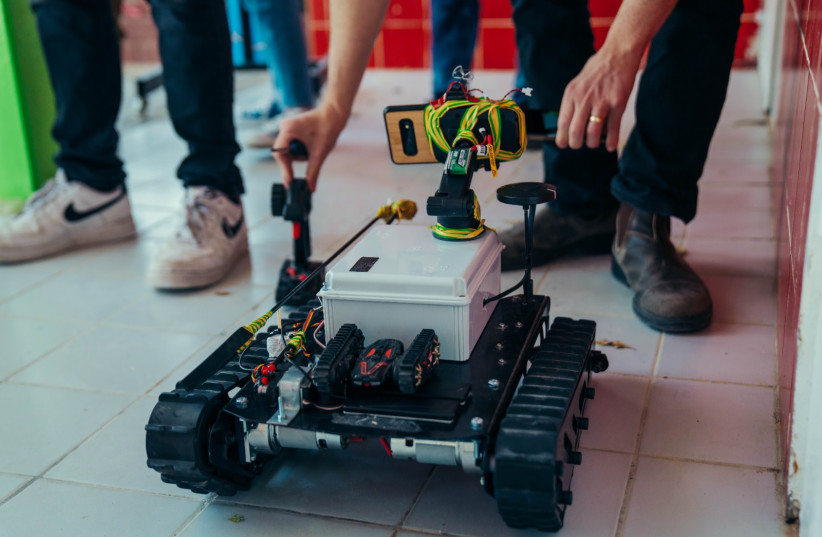Winners have been announced from the first-ever MoSAIC (Mobile Standoff Autonomous Indoor Capabilities) Challenge, which showcased breakthrough technologies and products for performing remote and autonomous indoor missions.
The Defense Ministry’s Directorate of Defense Research and Engineering (DDR&D), along with the US Department of Defense’s Irregular Warfare Technical Support Directorate (IWTSD), held the international challenge to find the perfect solutions for autonomous systems to operate in indoor areas.
The MoSAIC challenge was led by the Merage Institute. It was divided into five distinct mini-challenges, each one focusing on a specific capability to enable remote autonomous indoor maneuvering that can be integrated into one solution for both governments.
The teams were tested on five mini-challenges: indoor navigation, room mapping, human/object tagging, tactical robotic systems and human presence detection.
As part of the challenge, an indoor “future battlefield” was built in the southern city of Yeruham that simulated challenges in which the teams and their prototypes were examined over the past week.

According to a statement released by the Defense Ministry, “each group’s drones and robots will be required to complete an obstacle course where they will face several obstacles such as doors, rubble, curtains, etc.”
The event tested the abilities of companies from all over the world to complete “navigation challenges, structure mapping, human and object tagging, human through-wall detection, maximizing autonomous movement in urban settings, and dealing with physical obstacles in urban areas including stair-climbing and more,” the statement added.
Adam Tarsi, international programs manager at the US Department of Defense’s Irregular Warfare Support Directorate, said both countries are heading toward autonomy.
“We see that autonomy and artificial systems are where we need to go, and that’s what this competition is all about,” he said. The two countries, he added, are working together on a range of technologies including artificial intelligence and robotics to counter improvised explosive devices (IEDs), tunnel detection and countering unmanned aerial systems.
According to Tarsi, the technology being showcased at the competition will not be introduced into any operational environments in the near future; rather this “will be a decades-long process. Each company is in the early prototype stage.”
Col. Ryan (whose full name cannot be published), head of DDR&D’s Autonomous Platform Department, said the use of drones and robotics can be leveraged in future conflicts to lower the risk to troops and reduce collateral damage.
“We don’t want to have a lot of collateral damage in future conflicts in urban scenarios,” Ryan said. “This is one of the main things we can leverage drones and robotics for. We want to first of all lower risk to our forces and then lower collateral damage.”
While robots are currently aiding human operators in the field, he noted that “we are changing the way of thinking on how we use robots.”
According to Tarsi, part of the objective is to reduce manpower. In the future, he said, there will be a shift to humans assisting robots. The shift will not only reduce training methods and time, but enhance the survivability of operators in urban combat scenarios.
Nevertheless, there will always be humans in the field.
“We aren’t replacing operators, but will be aiding them without overloading them with information,” he said.
Winners and runners-up of each of the five mini-challenges were awarded cash prizes worth $235,000, and will receive participation in workshops in Merage Institutes’s start-up program in California.
The winners will also have their capabilities exposed to senior Israeli and American government officials in an e-book.
